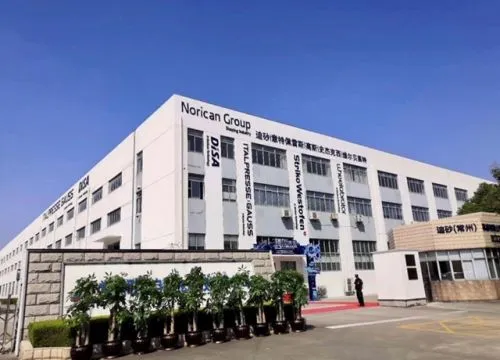Articles
Cloud-based PLM
The surge in the need for interconnectivity among devices, system integration, and transparent data transfer has significantly enhanced the adoption of cloud computing for business operations. Initially, cloud technology was influential in simpler systems like Customer Relationship Management (CRM) and Human Capital Management (HCM).
However, its role has now become indispensable in more complex systems, including Enterprise Resource Planning (ERP) and Product Lifecycle Management (PLM). The demands of the modern digital landscape have made cloud computing a crucial component in these systems, superseding traditional on-premise solutions.
From On-premise to Cloud-based PLM
Traditional on-premise software, prevalent for decades, requires purchasing a license from the vendor for use in a specific system environment. This arrangement necessitates appropriate IT infrastructure and specialists to maintain these solutions. While this offers customization, it also means slower implementation and high initial costs.
Consequently, using on-premise software often implies long-term commitment. Abandoning the software after a short usage period risks wasting significant expenditure on licenses. However, the growing need for rapid, reliable product data sharing and widespread web access have rendered on-premise solutions obsolete.
Cloud-based solutions, like cloud PLM software, necessitate significantly less startup investment compared to on-premise software. There’s no need to purchase costly software or specific hardware to operate it. This is because, in most instances, the software is hosted on the vendor’s server.
The responsibility of system maintenance typically falls on the software vendor, contributing to a low total cost of ownership (TCO). This collaboration level with the vendor not only makes PLM cloud solutions more cost-effective than on-premise ones but also ensures quicker implementation.
Further, the subscription-based pricing model that characterizes these cloud-based solutions facilitates easy planning of running costs. Moreover, these systems can be accessed virtually anywhere, thereby significantly enhancing internal and external collaboration.
A cloud-based example
An example of a cooperation is seen in the link between a company’s ERP and PLM systems. Bluestar PLM, a product of PDM technology, is a fully integrated application within Microsoft Dynamics 365 ERP, utilizing the same cloud-based interface and data model. Both Dynamics 365 and Bluestar PLM are modular software, which supports scalability and ensures that users pay only for necessary functions. Operating ERP and PLM in the same cloud environment improves data transparency, thus reducing errors, minimizing product time-to-market, and enhancing overall efficiency by ensuring the data doesn’t have to exit the system.
This integration level results in the most cost-effective ERP and PLM software package in terms of both implementation and maintenance. Moreover, this package can easily scale with the company’s growth.
Cloud-based PLM solution
What have our customers accomplished?

Automated Bakery Equipment Solutions
Achieved 150% revenue growth, due to PLM and ERP implementation. Errors were reduced, and quality management boosted product reliability and customer satisfaction. Streamlined processes increased productivity across all functions…
Your benefits with Bluestar PLM
Easy access to data
CAD users gets direct access to ERP data directly from the CAD system. Users in the supply chain have access to related information on BOMs and items, allowing everybody to work with the same set of information.
Improved collaboration
Collaborate efficiently across destributed multi-discipline engineering and manufacturing teams, as well as sub-suppliers and the extended enterprise.
Eliminate redundant data entry
Unifies data in the CAD, PDM and ERP inside Dynamics 365 F&SCM, bringing an end to manual data entry and the existence of redundant data.
Optimized efficiency
By minimizing the time spent on clerical tasks, such as manually transferring data to other teams, the engineering team can spend time where it is most valuable: executing projects and perfecting designs.
Reduce errors and save time
By automatically updating changes to product data, the task of manual data handling is reduced, leading to fewer errors.
Future-proof and scalable
Paves the way for an easy implementation of ERP-based PLM in the future that is integrated with your existing PDM and CAD tools.
The way Bluestar PLM interacts with all the other areas of our ERP system makes it very powerful. For example, with Bluestar, it takes about 90 seconds to both configure the part and create the CAD drawing. There is really no comparison when it comes to what you can gain by having software like that.
– Farooq Mohammad, Hannibal Industries
We chose Bluestar because it is an engineering solution. It could also integrate with computer-aided design (CAD), something that is extremely important for us as a manufacturer. Ultimately, it just blew the socks off the competitors as an engineering-focused solution to manage our parts, products and lifecycle management.
– Stefan Naude, Bel Power Solutions



